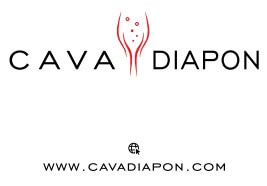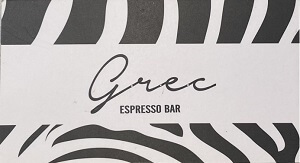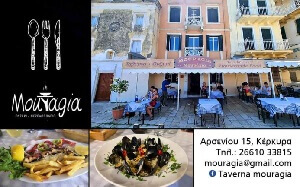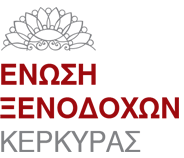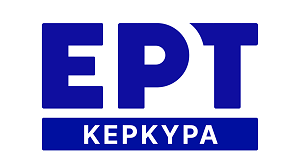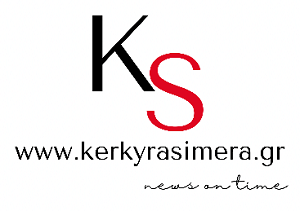In recent years, Augmented Reality (AR) technologies and techniques have been increasingly utilized not only to create exciting entertaining experiences, but also to address the modern challenges of formal and informal education. By enriching the real environment with virtual information and facilitating user interaction with the elements of the augmented world, AR design can deliver immersive learning environments, in which users actively explore their surroundings and experientially connect with the represented content. Museums and cultural institutions all over the world are adopting AR methods to offer their visitors more autonomous and customized tours through archaeological sites, tourist destinations, and cultural exhibits. However, the cases, in which these AR cultural experiences are enhanced by game elements, are scarce, and thus the educational and entertaining benefits of gamification, such as player motivation, engagement, flow, and reward, are mostly neglected,
This paper introduces C.CAGE, an Augmented Reality adventure game designed to promote history, tradition, art, and local creativity in Corfu town, Greece. The focus of the paper lies in demonstrating the correlations established between the game's structure, content and mechanics, and the targeted cultural information. More specifically, the design process is analyzed into the following aspects: (i) structuring the game in alignment with the promotion of cultural heritage, (ii) shaping the cultural information into storytelling elements, (iii) juxtaposing interaction mechanisms onto learning mechanics, (iv) composing the game's audiovisual content, and (v) developing an in-game system for the project's dissemination to the local community and its future expansion.
Furthermore, technical and functional characteristics are briefly discussed. The game is realized as an application that can be used on portable computing devices, i.e. smartphones and tablets. A tutorial is included as an essential component for guiding players throughout the process. Representation modes can be enhanced to address accessibility issues. It is our intention that our hitherto experience in dealing with conceptual and practical design challenges will contribute in providing a framework for the development of AR games in the wider context of cultural heritage.
Vasileios Komianos is a faculty member at Dept. of Audio and Visual Arts, Ionian University, Greece, teaching courses related to Virtual/Augmented/Mixed Reality, video games and interactive multimedia. His research interests are mostly focused on Mixed Reality (MR) systems, on user interaction and user interfaces in MR systems and applications as well as on approaches for artistic expression and cultural communication. He has work experience on designing audiovisual content and installations in the cultural heritage sector, and his works are hosted or have been hosted in permanent and temporary exhibitions as well as in art festivals.
Minas Pergantis is a graduate of the Electrical and Computer Engineering Department of the Polytechnic School of the University of Patras. He has multiple years of work experience in the private sector, where he has worked initially in Customer Technical Support and Service and later as an Internet Application Programmer and Website Developer. Since December 2019 he is a Doctoral Candidate in the Department of Audio And Visual Arts of the Ionian University.
Back
SPONSORS
 Agora Restaurant Grill House
Agora Restaurant Grill House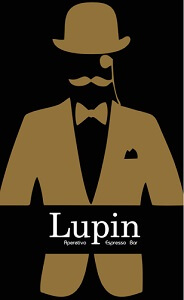 Lupin Aperitivo Espresso Bar
Lupin Aperitivo Espresso Bar


